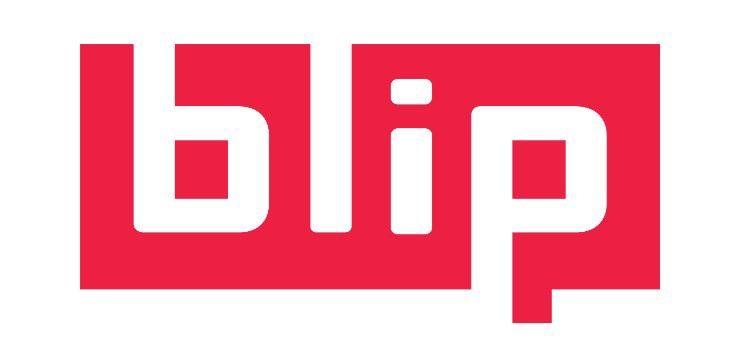“It comes down to billboard operators, they still have the same people selling static and digital boards. They sell them under the same contract, it’s the exact same process. For a static board, you have to have a time commitment because you’re on that board 24 hours a day for some period of time. They just haven’t adapted to the digital boards that are out there.”
Have you ever advertised on a billboard? If you’re like me, the answer is probably no, because you’re just an individual doofus who has nothing of note to display on a tiny piece of paper, much less a massive billboard. If you’re a business, however, the answer might be yes, which means you’ve jumped through all the necessary hoops that traditionally come with billboard advertising — contract, timeframe, then pay large amounts of money.
“In this market, the expense is anywhere between $1,500 and $4,500 a month and they want you to commit for some period of time,” said Brent Thomson, founder of Blip. “So if it’s $4,500 per month for three months, you have to come up with $13,000-$14,000 to start. For most businesses, it’s just not a good investment.”
Do you know what is a good investment? No really, I’m actually asking you what a good investment is, this isn’t some sort of English 2010 assignment on rhetorical questions — you’ll see the relevance shortly.
Thomson and business partner James Munnerlyn have been working on Blip for the last 6+ months, creating a system for digital billboards that allows businesses to control when and how much they are willing to invest on advertising space. So whatever you think a good investment is, that’s what you run with.
“It’s only for digital boards and it’s a marketplace,” said Thomson. “You set up parameters around your daily budget, how much you’re willing to spend per rotation, upload your artwork, and then our algorithm figures out what stuff to show. You can choose the boards you want it to show up on, time of day, alter your price by time of day, all sorts of stuff.”
As Thomson noted, billboard advertising has traditionally revolved around establishing a set amount of time and money each business must commit to. This doesn’t make sense in 2016, when you think about all the amazing platforms people are building that can transform outdated ways of thinking. Blip is partnering with YESCO Outdoor Media to bring this new brand of digital advertising to billboards all along the Wasatch Front, where businesses can determine specific time slots they want to advertise during (even something as short as 10 seconds), what they are willing to pay, and feed that information into a platform that relays this to digital billboards in a matter of minutes.
Blip will officially launch in March 2016 and rest assured, this isn’t Thomson’s first foray into the startup space — he has been involved with a variety of ventures, including founding Jive Communications and co-founding Scratch, a micro-payment processor, alongside Spencer Cook.
“It comes down to billboard operators, they still have the same people selling static and digital boards,” said Thomson. “They sell them under the same contract, it’s the exact same process. For a static board, you have to have a time commitment because you’re on that board 24 hours a day for some period of time. They just haven’t adapted to the digital boards that are out there.”
For many businesses, advertising on a billboard is only valuable for a very defined set of times. If you’re a restaurant looking to get reservations on a certain night, an airline looking to sell vacant seats, or a hotel looking to fill vacancies, you don’t want to be advertising this for days or months on end — you want to advertise until your allotment is sold, then immediately stop paying for advertising space. This would be viewed as a good investment, because you control when you pay and when you stop paying.
“You can do really interesting things like target game traffic,” said Cook. “You know for 2 hours before and 1 hour after, there are going to be a lot of people moving through this area and that’s my demo. I want them to see a specific message and so I’m willing to pay more money for that timeframe.”
*Blip will launch in March 2016. If you’re a business interested in signing up for the pilot program, *visit Blip’s website.
Published 2/29/2016




